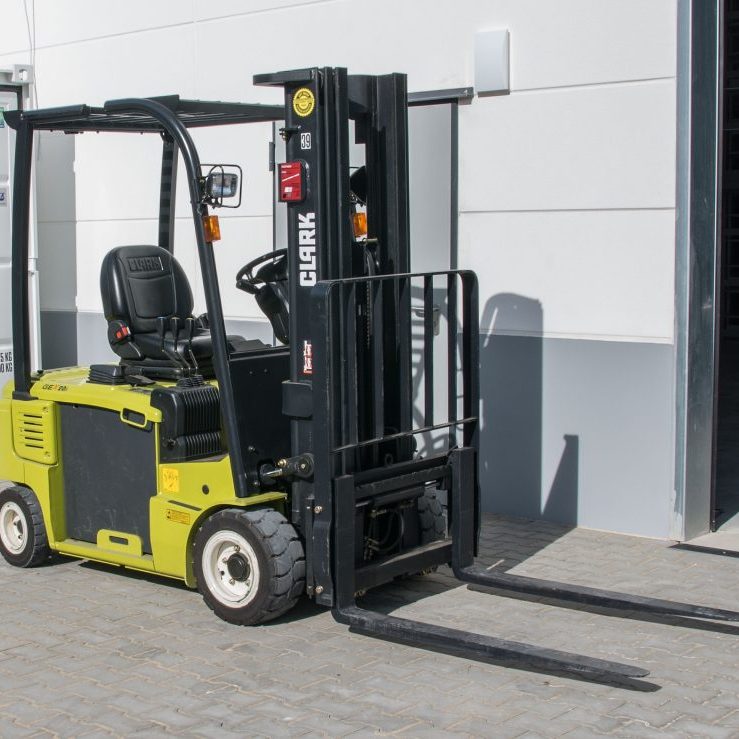
Prevent Carbon Monoxide Poisoning
Tips to help keep workers safe inside your facility when it’s cold outside
The risk of carbon monoxide (CO) exposure escalates during cold winter months when doors, windows and other sources of natural ventilation may be closed. Large amounts of CO can overcome a worker in minutes, causing a loss of consciousness and suffocation or even death. Even if the employee recovers, acute poisoning may result in permanent damage.
One of the most common sources of industrial CO poisoning is the fuel-driven forklift. The risk of CO poisoning is especially high when gas- or propane-powered forklifts are used inside enclosed spaces. Even with ventilation, the situation can still be hazardous, since poisoning can occur even at low CO concentrations.
Other sources of workplace CO poisoning include:
- Cars or trucks left idling in enclosed spaces, such as a garage
- Portable fuel-burning power tools, such as concrete saws and chainsaws used in confined or poorly ventilated spaces
- Generators used indoors
- Poorly vented or malfunctioning heaters and furnaces
- Power washers, insulation blowers, and compressors used in enclosed areas
To prevent CO poisoning in your facility:
- Identify potential sources of CO exposure and monitor employee exposure
- Make sure ventilation systems are working properly to remove CO
- Maintain CO-producing equipment in good working condition
- Consider switching from gasoline-powered equipment to equipment powered by electricity, batteries or compressed air for situations where there is a high risk of CO poisoning
- Prohibit the use of fuel-powered engines or tools in poorly ventilated areas
- Install CO monitors with audible alarms in areas where CO might be formed
- Test air regularly in areas where CO may be present, especially confined spaces
- Require employees to wear a full facepiece pressure-demand self-contained breathing apparatus (SCBA) or a combination full facepiece pressure-demand supplied-air respirator with auxiliary self-contained air supply in areas with high CO concentrations. Have them use respirators with appropriate canisters for short periods under certain circumstances where CO levels are not exceedingly high
- Provide training to educate workers about sources and conditions that may result in CO poisoning, preventive measures, symptoms of exposures, and first aid for CO poisoning
- Instruct employees to report ventilation or other problems that could result in CO exposure
Thank you to company partner Nationwide Insurance for contributing to the content of our blog. Be sure to contact your local FUA Agent for your free insurance review today!
